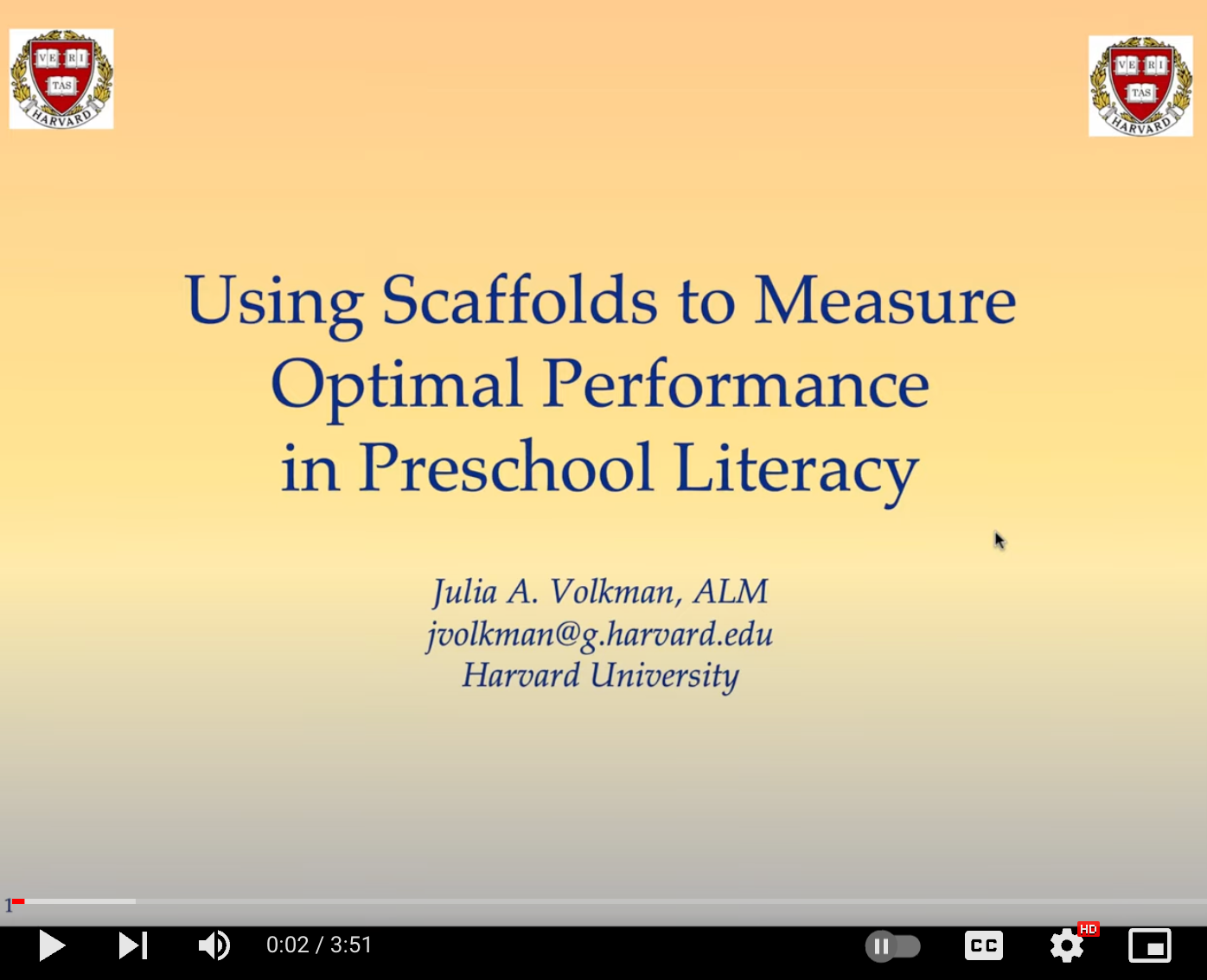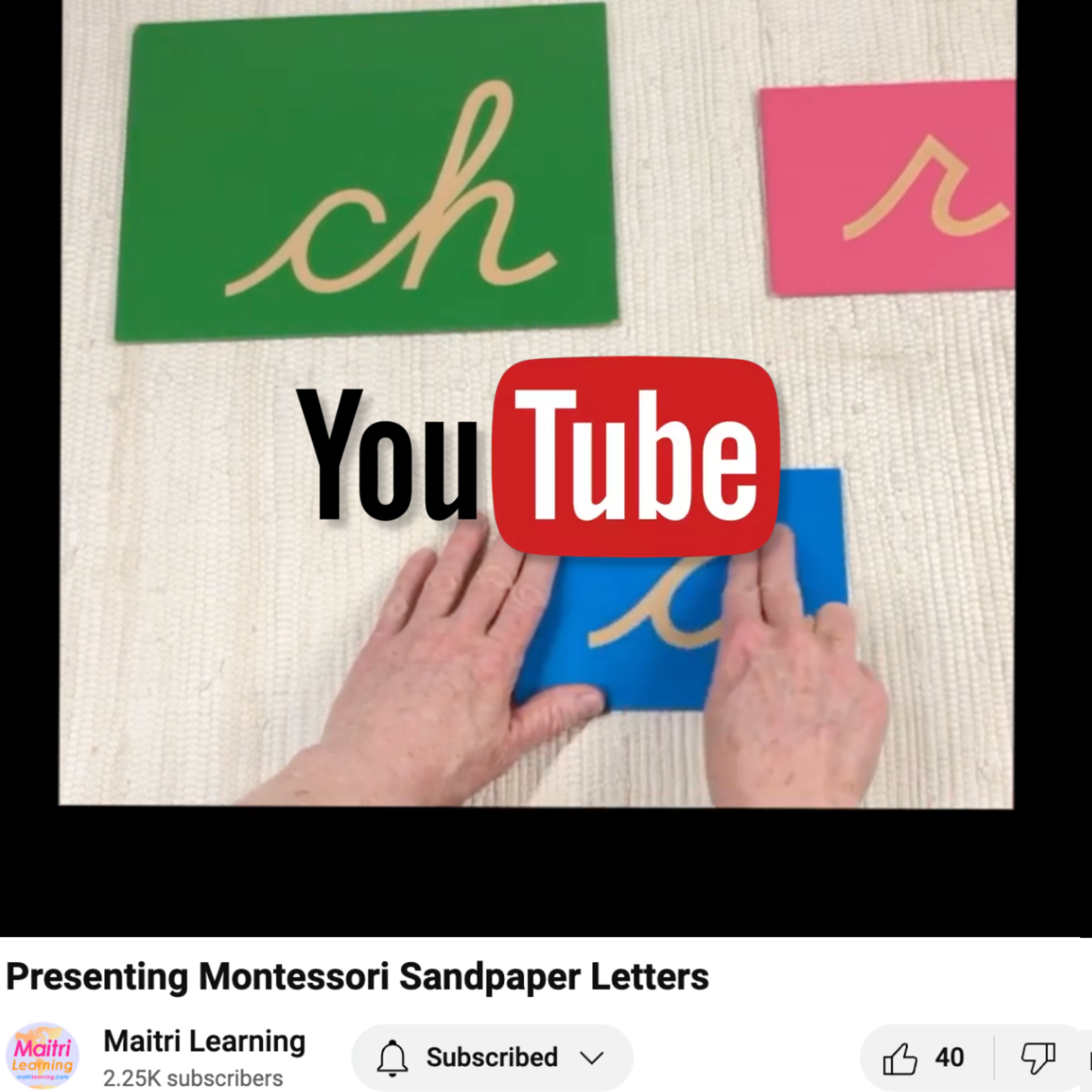Black Outline Masters

People are asking all the time to get copies of the black & white outline masters for our "Parts of" cards. But, the problem is you won't find them in our products anymore. Why not? I actually spent a lot of time making perfect black & white masters when I first created the "Parts of" materials. We used to include one in every packet until I heard from one of my amazing mentors who also happens to be an AMI teacher trainer and a world class artist, Susan Stephenson.
Susan asked me why I was including these outlines. What followed was a deep investigation into the purpose and result of these outlines. Together, Susan and I wrote an article that was published in the Public School Montessorian in the Fall of 2008 to discuss our findings. I am reprinting that article here for your reference.
The bottom line is that the outlines may actually inhibit the child's artistic potential rather than encourage it. So, we do not offer the outlines anymore. However, I am not asking any of you to blindly follow a recommendation. Instead, I am asking you to consider what is written here, to consider the wisdom of these teacher trainers, teachers, and artists and then to do as Montessori always guided: observe your students. Look to see if these outlines are freeing them, as is always our intent, or limiting their potential. If you still feel like you'd like to use the outlines, you can download them here.
__________________________________________________________________
Many of us were taught in our Montessori teacher training courses how to use black & white outlines as guides for the children to color in. In my course, I remember spending hours coloring outline maps for all of the continents. In so many classrooms, we find children coloring in outlines of animals to make “parts of” books, animals within a biome, flags from different countries, even pumpkins for Halloween and turkeys for Thanksgiving. Seeing children coloring is such an ingrained part of our culture that I hadn’t considered it deeply. But recently, I have…and I have discovered something entirely unexpected.
We know that the child under age 6 is in an extraordinarily creative phase of development. This is a time of self-construction, when the child literally creates his or her own self. He lays his hands upon the world in a quest for self mastery and then adapts his very personality to fit in with the results of his exertions. We know this to be true. We also know that many children under age 6 are unable to realize perfection in coloring in outlines…and we know that the young child knows what perfection is. As they see themselves err, they receive a message that says “I can not do this well. I am not a very good artist.”
I remember when I was a child my older sister was a talented colorer. All of her pencil strokes were made in the same direction and never seemed to stray beyond the black printed edges. Her coloring books looked so lovely. I distinctly remember “discovering” that she was a skilled artist while I was not. I knew that my art work didn’t come close to hers. She is four years older than me. I wonder how my artistry may have developed on a different course if I was not given outlines to color until I had the potential to realize my sister’s level of perfection.
So what does this mean? Are we doing a disservice to the child by giving him outlines to color in? That would be in direct opposition to the norm of our culture. Is holding back outlines the right course or just an over-the-top opinion? How can we know which path to follow? The answer, of course, is within the child herself. We must remove our bias, our prejudice, our need for the outcome to be one way or the other, and look to the child.
In her observations, Ginni Sackett, an AMI 3-6 trainer in Portland, Oregon has found that teacher prepared outlines, “do not attract deep engagement / concentration, but do seem to invite ‘busy work’ or the illusion of engagement while distracting children away from engagement with the more intellectual or challenging materials that would be more developmentally satisfying. They also seem to encourage or support ‘product based’ rather than ‘process based’ activity, and again distract children away from following intrinsic, developmental motivations. I think they are also a distraction to the teacher from his/her work of supporting development via all of the activities in the Casa… It is much more important to help 3-6 year olds develop the confidence and skills for drawing…to experience that we are all artists (musicians, writers, etc.) – these are not the ‘talents’ of the few but the birthright of all humans.”
“As an artist I see the avoidance of free drawing perhaps as the same problem some adults have with the bells. They think that if they are not musicians or artists they cannot possibly teach music or art!” says Susan Stephenson, a Montessori teacher trained from birth to age 12, an internationally renowned artist, and founder of the Michael Olaf Company. “One of my strongest memories on schools visited in London,” she continues, “was of a nature table that contained a few pictures drawn by the children - birds drawn from book illustrations, in great detail of composition and color. They were obviously the child's hand, and very lovely.”
AMI Elementary Trainer Jean Miller relates prepared outlines to the saying - "Every unnecessary help is a hindrance." By removing prepared outlines, we are potentially removing an obstacle from the child’s path.
“If a drawing is instigated by the child,” notes AMI associate course trainer Irene Fafalios, “the potential for creativity and real expression is limitless - we don’t know what a child will do - whereas with a teacher prepared outline, there is really little else that a child can do other than color it in.”
So choosing not to offer prepared outlines does not limit the child’s ability or opportunity to express himself artistically. On the contrary, it frees him to do so. Ginni Sacket notes that she, “would not interrupt or re-direct children who spontaneously (and with concentrated engagement) initiates this type of work on their own – for example, creating their own outlines or free-hand drawings. A guideline I give my students is that this would most likely happen spontaneously with older children – and there would be some limits… Observation would be key in distinguishing when this is activity in harmony with development rather than activity thwarting development.”
Our task, then, is not to blindly follow a recommendation but instead to observe, test, and adapt as necessary. We must engage the children in activities that free their potential for exploration and expression via the visual arts. We can offer presentations on painting on the easel, painting with watercolors, tracing and filling-in the metal insets, and tracing and cutting out puzzle map pieces to create a mosaic. Annette Haines (AMI 3-6 trainer in St. Louis and member of the AMI Pedagogical Committee) notes that children can create colorful designs with the metal insets and illustrate their story-writing with freehand drawings. They can decorate their math work with geometric designs along the border. They can also work freely with paints, clay, and pastel chalks.
Through all of this, we give children the non-judgmental message that they are able to create art that is of value. When the children are satisfied with what they have created, they can feel within themselves the joy of their art. They become acquainted with the artist that is within each of us, even those of us who can’t quite stay within the lines.
Being a Montessori guide is like being the dancer of an unchoreographed dance. There are certain moves we know we will have in the dance, but we are not sure when they will appear, how often they will repeat, or how they will flow and fit together. We work without a script. We observe; we adjust. We step in to offer presentations, we step back to let things unfold without interference. We continually work outside the lines of traditional curriculum frameworks. This may be a small opportunity for us to extend that grace to the children, to help them stretch beyond the boundaries and discover that the boundaries weren’t really there in the first place.








Leave a comment
This site is protected by hCaptcha and the hCaptcha Privacy Policy and Terms of Service apply.